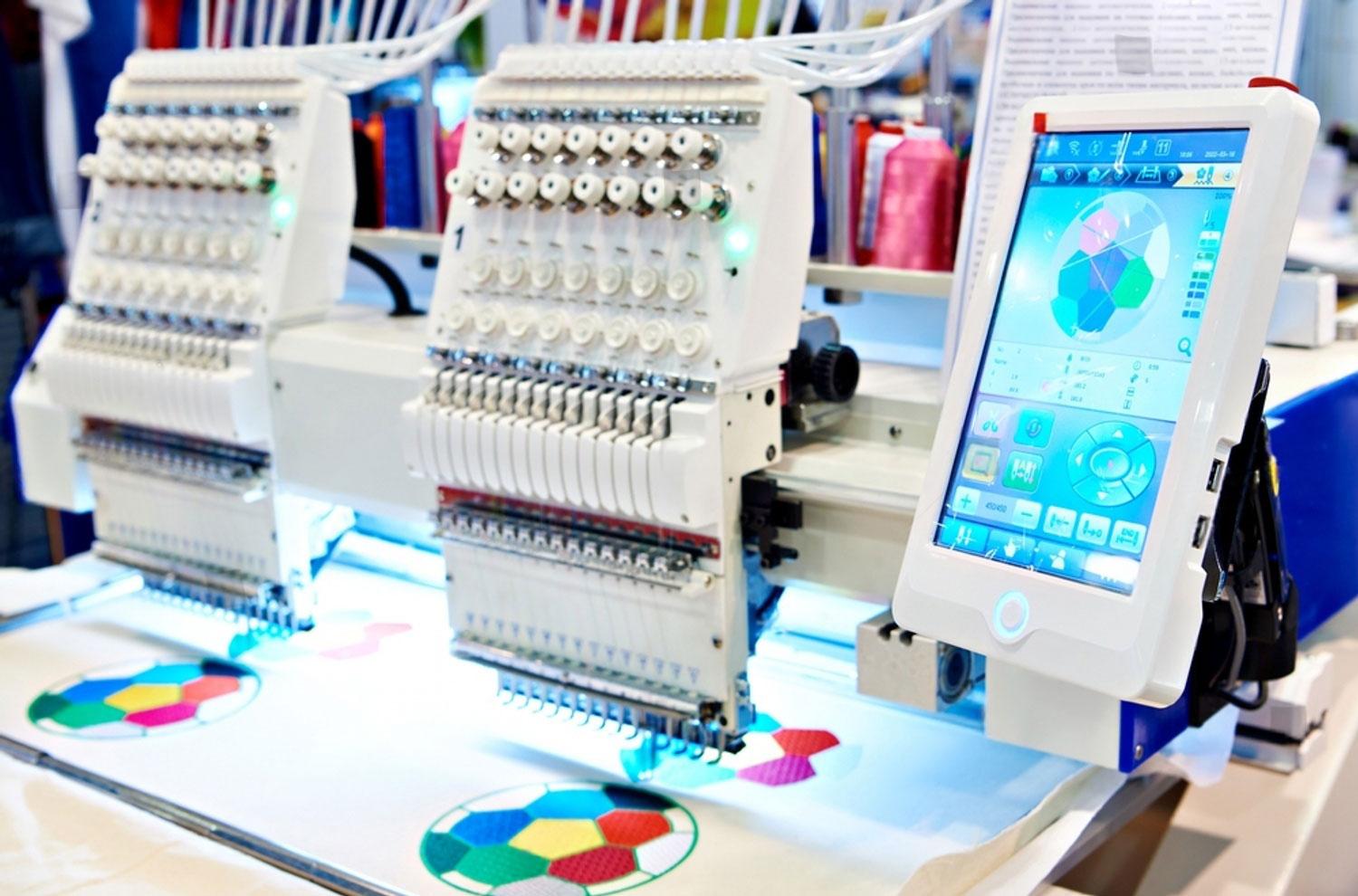Introduction
Embroidery is a timeless craft that blends art and technology. Whether you're a hobbyist or a professional, converting images to embroidery files can be tricky. But with the right tools and techniques, you can turn any picture into a stunning embroidered design.
In this guide, we’ll explore the best methods to convert image to embroidery file, top software picks, and pro tips to ensure high-quality results. Let’s dive in!
Understanding Embroidery File Formats
Before converting an image, it’s essential to understand common embroidery file formats:
-
DST (Tajima) – Popular for commercial embroidery machines.
-
PES (Brother) – Works with Brother and Babylock machines.
-
EXP (Melco) – Used by Bernina and other high-end machines.
-
JEF (Janome) – Compatible with Janome embroidery machines.
Each format works with specific machines, so choose the right one based on your equipment.
Step-by-Step Guide to Convert Images to Embroidery Files
1. Choose the Right Image
Not all images convert well to embroidery. Ideal images have:
-
Clear outlines
-
Minimal shading
-
High contrast
-
Simple details
Avoid photos with too many gradients or fine details—they may not stitch well.
2. Use Embroidery Software
Specialized software automates the conversion process. Here are the top options:
Best Software for Image-to-Embroidery Conversion
-
Wilcom EmbroideryStudio – Professional-grade with advanced auto-digitizing.
-
Hatch Embroidery – User-friendly with great auto-conversion features.
-
SewArt (SewWhat-Pro) – Budget-friendly for beginners.
-
Ink/Stitch (Free) – Open-source option for basic conversions.
3. Digitize the Image Manually (For Best Results)
Auto-digitizing is quick, but manual digitizing gives better precision. Follow these steps:
-
Trace the Design – Use software tools to outline key elements.
-
Assign Stitch Types – Choose between satin, fill, or running stitches.
-
Adjust Stitch Density – Prevent thread breaks or fabric puckering.
-
Add Underlay Stitches – Stabilizes the design for smoother stitching.
4. Test the Design
Before finalizing, stitch a sample on scrap fabric. Check for:
-
Thread tension issues
-
Misaligned stitches
-
Color accuracy
Make adjustments as needed.
5. Save in the Correct Format
Export the file in a format compatible with your embroidery machine (e.g., PES, DST).
Pro Tips for Flawless Embroidery Files
1. Simplify Complex Designs
Too many details can make embroidery messy. Reduce colors and merge similar elements.
2. Optimize Stitch Direction
Stitch direction affects texture. Follow natural contours for a professional look.
3. Use High-Quality Images
Start with a high-resolution image for cleaner digitizing.
4. Adjust Pull Compensation
Prevent distortion by compensating for fabric pull during stitching.
5. Consider Fabric Type
Different fabrics (cotton, denim, stretchy materials) require different stabilizers and stitch settings.
Free Alternatives for Converting Images
If you’re on a budget, try these free or low-cost options:
-
Ink/Stitch (Inkscape extension)
-
MyEditor Online (Basic auto-digitizing)
-
Embrilliance Essentials (Limited free features)
While they may lack advanced tools, they work well for simple designs.
Common Mistakes to Avoid
-
Skipping the Test Stitch – Always test before final production.
-
Ignoring File Compatibility – Ensure the format matches your machine.
-
Overlooking Stabilizer Needs – Proper stabilization prevents puckering.
-
Using Low-Contrast Images – Blurry or faded images digitize poorly.
Conclusion
Converting images to embroidery files doesn’t have to be complicated. With the right software, techniques, and a bit of practice, you can transform any picture into a beautiful embroidered design. Remember to test your files, optimize stitch settings, and choose high-quality images for the best results.
Now that you know the best methods, it’s time to start digitizing! Happy stitching!



